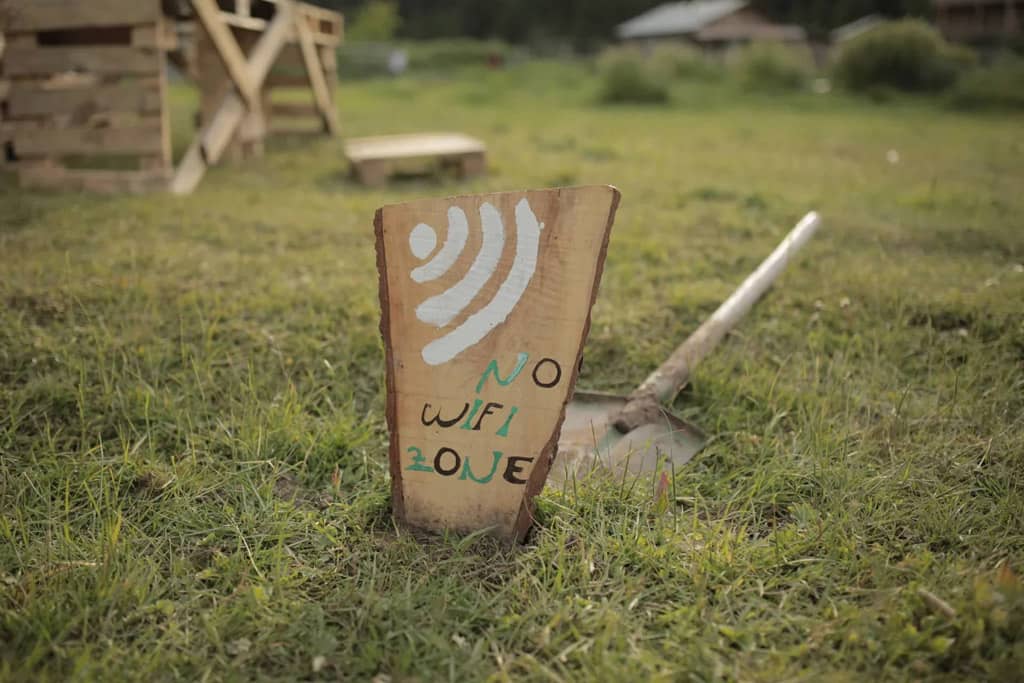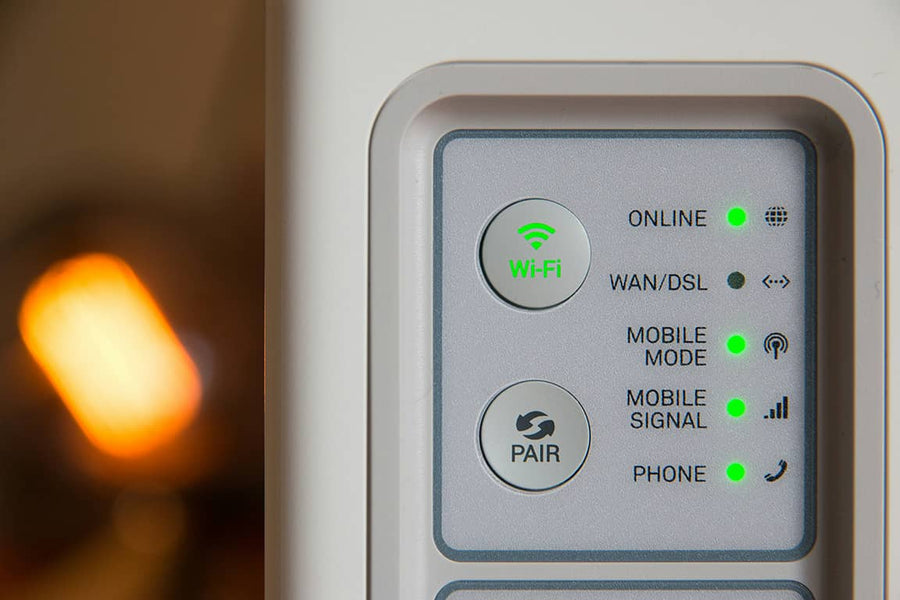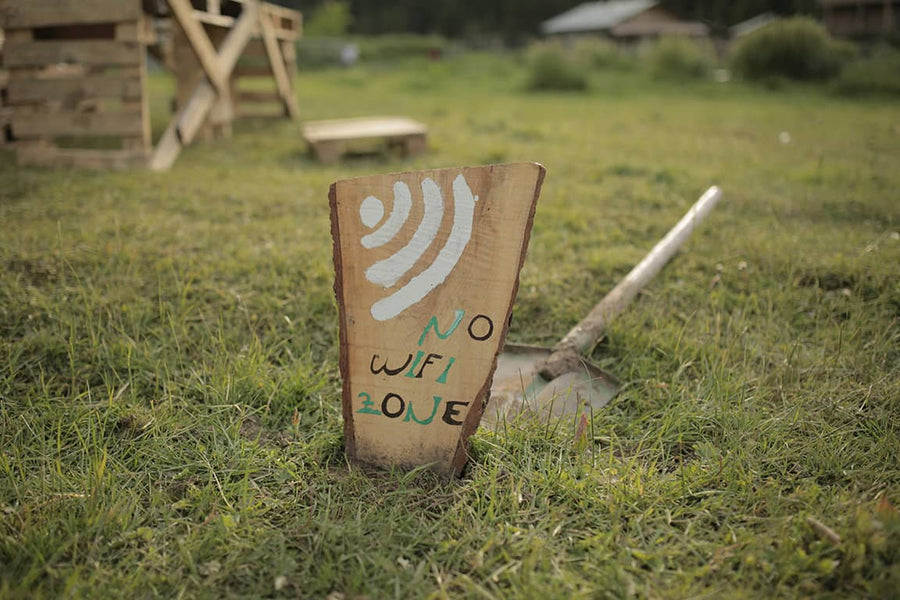Achieve faster speeds when you understand the differences between these accessories.
Antennas, repeaters, MIMO, boosters? These choices can seem daunting and jargony. Not to worry! Here at EZ Mobile Data, our goal is to simplify these confusing terms into meaningful concepts that can help guide your purchasing decision.
Before we discuss the options and how they can help you, we must stress that there is no “one size fits all" for antennas, boosters, or similar accessories. It all depends on your use case, environment, and setup. What would work for one customer may not work for the next.
Now, let’s talk about antennas first.
How Do WiFi Antennas Work?
Simply put, an antenna's key function is to draw strong cell phone signals from a specific direction (directional) or from all directions (omnidirectional). Signal strength is measured by dB (decibels) and for every 3dB gained, your signal strength should double.
When you purchase an antenna, it will typically tell you how much dB you can gain. So, the higher the gain, the better, right? Not necessarily. This is where it becomes more nuanced and geared towards your specific use case.
With a higher gain, your signal strength will reach further, but in a narrower direction. The lower the gain, the better spread you'll get at the cost of improved signal strength. Higher gain antennas do well with excellent line of sight (no obstructions, in a flat environment). Lower gain antennas do better in more mountainous regions. If we apply these rules down to different use cases, we can find out what works best for you:
WiFi Antenna for RV Users
If you're an RV user, we recommend getting an antenna for extra coverage, since your speeds can vary due to location.
RV users need a wide spread, something that blankets an area evenly (like a doughnut-shape). The antenna will pick up the inconsistent cell signals from any direction, so no need to move it once it's installed.
While the strength of the antenna may not be as strong as a directional antenna, you'll make up for it by not having to worry about where the nearest cell tower is.
We must stress that it's quite easy to void your RV warranty! Installing, drilling, or replacing parts of your beautiful RV may cause your vehicle’s warranty to be voided! Most companies who sell you antennas do not explicitly tell you this.
WiFi Antenna for Rural Users
If you live in a rural area, it’s best to invest in a directional antenna. However, several factors can influence this further. Does your environment have a lot of hills, or is it flat as a board? Is your signal for a cabin environment with significant tree cover, or is it for a more suburban area? Fortunately, we break this down for you below:
High Gain Directional Antenna
If you're far from a tower and in a stationary environment with a clear line of sight, you should consider a high gain directional antenna. High gain directional antennas work best in flat terrains without obstruction. We can guide you on where the nearest tower is to maximize your speeds!
Low Grain Directional Antenna
If you're closer to a tower, live on a hill or in a mountainous environment, or have significant tree coverage, a moderate gain or even low gain directional antenna would be best. Although not as strong as the high gain counterparts, a moderate or low gain directional antenna proves better since the signal is less likely to be obstructed. Remember, you'll get the best signal as long as you know where the tower is and aim the antenna at it. We are always available to help you figure this out.

What to Know About Cellular Signal Boosters
Boosters work in similar ways to an antenna. A cellular booster uses an amplifier and antenna to increase cellular signal. Boosters also work in both directions, which amplifies signal to and from the cellular tower. Sounds similar to an antenna right? But there are a few key differences.
Boosters differ in the way they communicate with a cellular tower. Because boosters need to follow FCC regulations, boosters are much more niche than antennas. Typically, we only recommend boosters for specific customers based on their needs. The majority of customers won't need a booster for the reasons listed below:
- Degraded Performance: Most devices contain Multi-In Multi-Out (MIMO) technology. MIMO gives your device more than one path to transmit and exchange information with the tower. All modern cellular devices contain MIMO technology, with some devices having more than two antennas embedded in the device. Each antenna grabs a particular signal, which leads to increased speeds and stability. If one signal is down or malfunctioning on the tower, the other antenna can compensate. With a booster, you're effectively blocking most of the antennas within your device and focusing on just one, degrading your performance.
- Costly: Boosters are expensive, and relative to the performance of antennas, most aren't worth the price tag.
- Slow Download Speeds: Most users care more about download speeds, while boosters give more preference to upload speed.
That said, there are a few instances where a booster would be an excellent choice to add for your use case:
- No Antenna Ports: If your devices do not have antenna ports (your smartphones and the M2000 hotspot, for example), you could benefit greatly from a booster when using mobile Internet.
- Dropped Calls: If you are frequently experiencing dropped calls, or live on the fringes of society, a booster would increase your service and signal strength.
- Slow Upload Speeds: If you care more about upload speeds than download speeds. This typically would be more important to businesses, streamers, video conferencing, etc.
As with most things in life, trial and error is essential with antennas and boosters. This is why we typically recommend purchasing these devices after there's an established need for one.
You might be surprised how well most hotspots and cellular routers work without any extra devices, and you might be satisfied without the added accessories.
As always, you can reach out to us at info@ezmobiledata.com for guidance or help!








